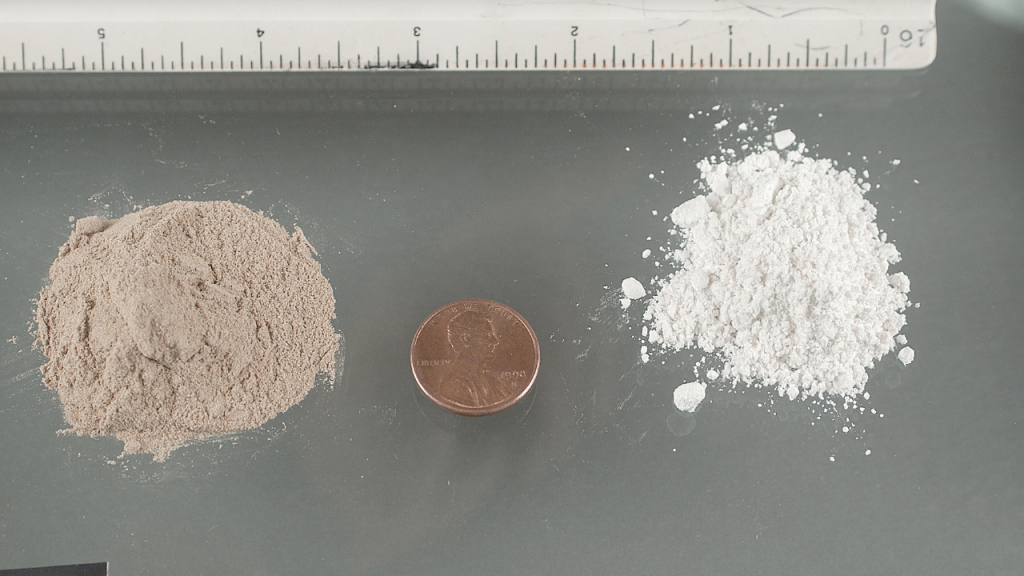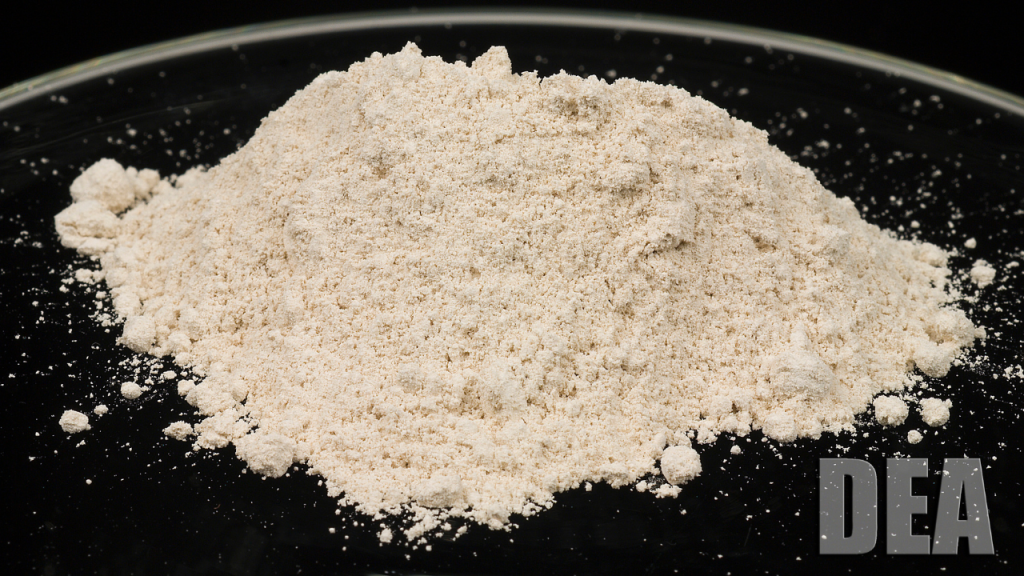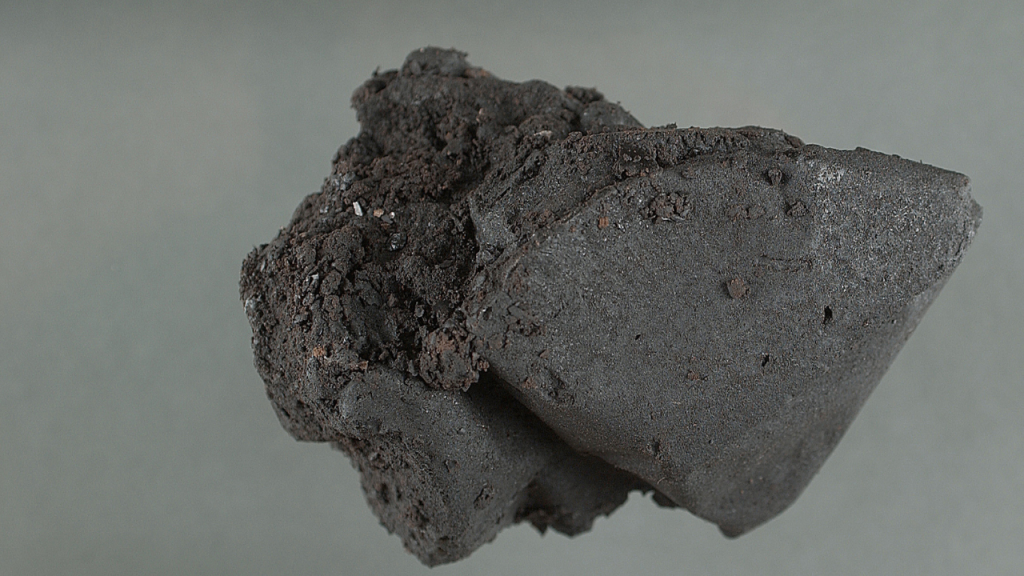Heroin is an illegal and highly addictive opioid drug made from morphine. It comes in several forms, each with unique characteristics and dangers. Being able to recognize it in its various forms and understand the risks is crucial for avoiding this potentially deadly substance.
Forms of Heroin
One can find heroin in three main forms: white powder, brown powder, and black tar heroin. The manufacturing process and the presence of impurities or additives cause the differences.
White Powder
- Purest form, fine white powder
- Usually snorted or smoked
- More common close to original source
- High purity means higher overdose risk
White powder heroin is the purest form of the drug. It looks like a fine, white powder and people usually snort or smoke it rather than inject it. One more commonly finds this type of heroin in areas close to the original source, as the purity tends to decrease as traffickers transport the drug further away and cut it with other substances along the supply chain. The high purity of white powder heroin makes overdoses a significant risk.

Brown Powder
- Most common form sold on streets
- Brownish color from impurities/additives
- Additives: sugar, starch, powdered milk, quinine
- Usually injected, posing added health risks
The most common form of heroin sold on the streets is a brownish powder. The brown color comes from impurities left over from crude manufacturing processes or from additives used to dilute the drug. These additives can include a variety of substances like sugar, starch, powdered milk, or quinine. Dealers use these to stretch their supply and increase profits. Brown powder heroin is most often dissolved and injected, which brings additional risks like collapsed veins and infections.

Black Tar
- Dark, sticky consistency like roofing tar
- Impurities from crude processing
- Mostly found in western U.S.
- Can be injected, smoked or snorted
- Composition and purity highly unpredictable
Black tar heroin has a dark, sticky consistency that resembles roofing tar. This form arises from the crude processing methods used to manufacture it, which leave behind many impurities. Black tar heroin is most commonly found in the western United States and can be injected, smoked, or snorted. A major danger of black tar heroin is the unpredictability of its composition and purity from batch to batch.

Dangers of Adulterated Heroin
Regardless of its form, most heroin obtained on the street has been cut or mixed with other substances, some of which can be toxic. In recent years, there has been a surge in heroin being laced with fentanyl, a synthetic opioid that is 50-100 times more potent than morphine. Many unknowingly consume this potentially lethal combination, which has led to a sharp rise in overdoses and deaths.
Effects and Risks of Heroin Use
Heroin produces an intense euphoria and “high” no matter how one uses it, and then it causes alternating states of wakefulness and drowsiness, confusion, and nausea. It depresses breathing and heart rate, which can result in coma, permanent brain damage, or death in the case of overdose. Chronic heroin use causes serious health issues including collapsed veins, abscesses, infections of the heart lining and valves, liver and kidney disease, and it increases the risk of contracting HIV, hepatitis C and other blood-borne illnesses.
Heroin is extremely addictive and can quickly lead to physical and psychological dependence. Signs of addiction include intense cravings, increased tolerance, withdrawal symptoms when not using, losing interest in hobbies and responsibilities, financial and legal troubles, and damaged relationships. The severe withdrawal effects make it very challenging to overcome the addiction.
Treatment for Addiction
Despite the difficulties, recovery from addiction is possible with proper treatment. At JourneyPure At The River, we offer comprehensive, evidence-based programs to help individuals overcome substance abuse and rebuild their lives. Our compassionate team provides medically-supervised detox to manage withdrawal symptoms, along with individual and group therapy to address the underlying causes of addiction.
If you or someone you love is struggling with substance abuse, don’t wait to seek help. Call JourneyPure At The River today at 629-222-9449 to learn more about our effective addiction treatment programs and start on the path to recovery. With support and treatment, a life free from substance abuse is within reach.
